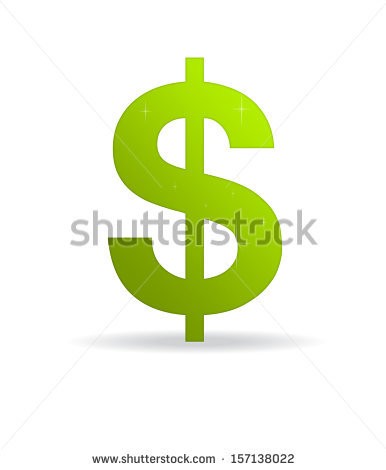What Will the Dollar Do to Green Stocks
Post on: 7 Май, 2015 No Comment

What Will the Dollar Do to Green Stocks?
Nov. 13/08 By Sam Hopkins
Thanksgiving is still two weeks away, but retailers are out with ultra-early Christmas ads to boost spending. Meanwhile, oil has dipped back down below $60, and Treasury Secretary Hank Paulson is going it alone with his bailout plan. So whats up with the dollar these days, and what does it mean for renewable energy and inflation?
GCR reader Patrick in Argentina asks:
Do you foresee an inflationary or deflationary outlook for the dollar? Assuming inflationary, how would a weaker dollar (perhaps lower than the all-time USDX low of
70) affect US renewable energy stocks and, conversely, international renewables stocks?
Thanks for your question, Patrick.
Renewable Energy and Inflation
First there is the matter of domestic price changes. The Economists poll of inflation forecasters expects the U.S. consumer price index in 2009 to increase by 2.6%. The eurozone prediction is a 2.3% jump, so not much variation there.
That gives us more of a view of whats happening internally in leading economies, and in both cases inflation will come down from 2008 because of overall economic contraction and a retreat in energy prices.
In foreign exchange terms, a weaker dollar helps big-ticket U.S. exports known as durable goods. This means that companies like Boeing and GM will enjoy relative cost advantages in the eyes of consumers from Japan, Britain, or the eurozone.
If the yen, pound, and euro are stronger over the long term, order books based in those currencies may suffer. For one interesting example, Indian outsourcing company Infosys took a big hit earlier this year as the Indian rupee gained. Thats because Infosys does business in dollars.
While reporting out of Europe this summer—when oil and the euro peaked and the dollar was super-weak—I couldnt help but empathize with these companies dealing at a currency disadvantage.
But U.S. companies would rather see a boom in business because their products are attractive on their own merits, rather than just being cheaper on forex markets. In the case of General Motors, this summer gave execs false hope that a weakened greenback could revitalize sales. That came crashing down when the stock market tumbled and currency traders retreated to the dollar and yen in recent months.
Helicopter Ben Fights Deflation
Fed Chair Ben Bernanke is known as Helicopter Ben after he referenced a Milton Friedman quote that he would drop money from the sky to keep deflation from taking place. His career-long study of the Depression has led him to conclude that declining consumption and the dollars rise in value severely prolonged the downturn through the 30s.
The value of a dollar increased (deflated) by 25% in the four years after the 1929 crash, as what little money people made, they socked away.

As World War II kickstarted military industrial production, money flowed into durable goods and millions of jobs were created, and the dollars value restabilized. Were seeing a retrenchment today as each country tries to hone domestic growth industries. Cross-border renewable energy deals may slow as a restuls.
Overall, when it comes to keeping renewable energy companies viable today, fossil fuel costs need to stay high
And politicians have to stick to their guns in pushing for energy options.
We are in policy limbo right now, between U.S. presidents and waiting for the G20 summit to deliver more of a concerted effort to stabilize the financial system and give us new plans for growth. To this point, countries have acted as if this is an every central banker for himself situation. New stimulus packages are coming left and right, and so are rate cuts. Its a mess.
Hank Paulsons audacious announcement on Wednesday that the Troubled Asset Relief Program is actually not being used to buy troubled assets—instead going to bolster market capitalization—further unsettled Wall Street.
And there is still no firm answer as to where this bailout money is coming from. The predominant view and overt Washington stance is that these dollars are essentially being shuffled around, rather than printed. But gold bugs and other monetary cynics (who are growing daily in their ranks) are sure this will eventually be inflationary.
The best advice anyone can get right now is to think about your larger investment goals and the time frame you have to achieve them. Green Chip Stocks and our various services focus only on companies that win in any market, factoring in the macroeconomic environment with every trade.
For now, inflation concerns are moderated by falling GDP forecasts, and the drop in energy prices is already shaking out less competitive clean energy technologies like ethanol. And well continue tapping only the best green companies in the coming months.














